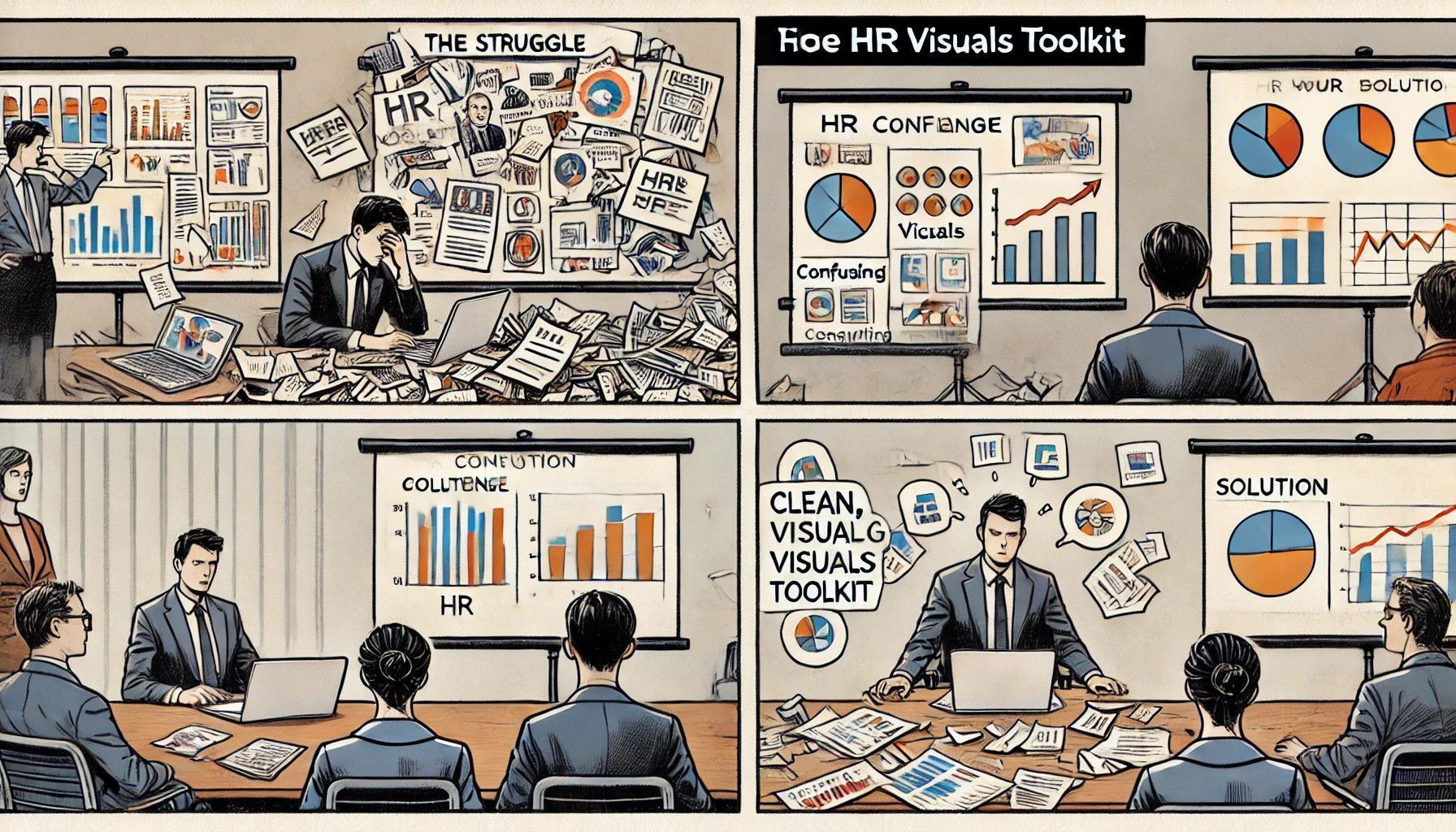+971522037900
mymail@mailservice.com
LMS vs LXP? What if the *real* answer is neither... or both?
This is a subtitle for your new post
**LXP vs. LMS: Beyond the Binary - Building a Personalized Learning Ecosystem**
The modern workplace demands continuous learning. Employees need to adapt to new technologies and evolving roles. Learning Management Systems (LMS) and Learning Experience Platforms (LXP) are at the forefront. These tools facilitate employee development. However, the traditional "either/or" approach limits potential. We should view LMS and LXP as complementary. Together, they form a powerful, personalized learning ecosystem.
**LMS: The Backbone – Structural Foundation**
For years, the LMS has been the workhorse of corporate learning. It provides a centralized platform for formal training. LMS excels at compliance tracking and standardized course delivery. Think of mandatory safety training or onboarding programs. These require consistent content and verifiable completion. LMS handles this well.
However, the LMS has limitations. Its rigid structure often leads to passive learning. Personalization is limited. This can result in disengaged employees. A 2019 study by Training Industry found that only 12% of employees apply the skills they learn in training programs. This suggests a disconnect between formal training and real-world application. The LMS alone may not suffice.
Despite its shortcomings, the LMS remains relevant. Regulated industries like healthcare and finance rely on it. Mandatory training necessitates a structured platform. However, companies need to enhance the LMS. They need to integrate it into a broader learning ecosystem.
**LXP: The Catalyst – Individualized Discovery**
The Learning Experience Platform (LXP) prioritizes the learner. LXPs offer personalized recommendations. They encourage social learning and user-generated content. Think of platforms like Coursera or LinkedIn Learning. LXPs focus on skills development. They aim to align learning with individual career goals.
LXPs boast features such as AI-powered content curation. These features present relevant learning resources to learners. They are based on an employee's role, skills, and interests. LXPs encourage exploration and discovery. This fosters a more engaging learning experience. Data supports this. A Bersin by Deloitte study revealed that companies using LXPs saw a 30% increase in employee engagement.
However, LXPs pose challenges. Content curation requires careful management. Measuring the ROI of informal learning can be difficult. Integrating LXPs with existing HR systems can prove complex. Despite these challenges, LXPs are transforming the learning landscape.
**The Personalized Learning Ecosystem (PLE): The Future of Learning**
The future of learning moves beyond the "LXP vs. LMS" debate. It is about creating a Personalized Learning Ecosystem (PLE). This involves strategically leveraging both platforms. A PLE offers personalized pathways. It uses AI-powered recommendations. It analyzes skill gaps. It provides curated content. It fosters community learning.
Integrating data from HRIS and performance management systems is key. This allows for truly personalized learning recommendations. For example, if an employee's performance review highlights a need for improved communication skills, the PLE can suggest relevant courses, articles, and mentorship opportunities. This targeted approach ensures that learning is relevant and impactful. A PLE recognizes the individual. It supports their growth.
**Beyond Features: Aligning Technology with Learning Culture**
Technology is only one piece of the puzzle. A successful PLE requires a supportive learning culture. Start with a company culture assessment. Determine existing learning habits and preferences. Consider the range of learning styles within your organization. Some employees prefer structured courses. Others thrive on self-directed learning.
Build a culture that fosters curiosity, exploration, and continuous improvement. Encourage employees to share their knowledge and learn from each other. Promote a growth mindset. Emphasize that learning is not just about acquiring new skills. It is about developing a passion for lifelong learning. This approach will foster a more engaged and adaptable workforce.
**Implementation Strategies: Building Your PLE**
Building a PLE doesn't happen overnight. Start small. Identify a pilot group. Focus on a specific skill gap. Implement microlearning and content curation. Empower learners with on-demand resources. Consider a pilot program that focuses on improving data analysis skills within the marketing department. This allows you to test the system and gather feedback.
Take an iterative approach. Continuously evaluate and refine your PLE. Base these changes on user feedback and performance data. Conduct surveys. Hold focus groups. Monitor key metrics. This iterative process ensures that your PLE meets the evolving needs of your employees and the organization.
**Measuring Impact: Demonstrating ROI**
Measuring the impact of your PLE is crucial. Move beyond completion rates. Track skill development, performance improvement, and employee engagement. Use qualitative data. Gather feedback through surveys, interviews, and focus groups. This holistic approach provides a comprehensive understanding of the PLE's effectiveness.
Connect learning outcomes to business results. Demonstrate the value of the PLE to stakeholders. Show how it contributes to increased productivity, improved customer satisfaction, and enhanced innovation. For example, if the marketing department pilot program resulted in a 15% increase in lead generation, this demonstrates a clear return on investment.
**The Future is Personalized**
Creating a personalized learning ecosystem is vital for success. Embrace a learner-centric approach to learning and development. Technology will continue to evolve. Adapt to the needs of your employees. Encourage ongoing innovation. Personalization is the future.
21st Century HR
All Rights Reserved | MData Consulting






